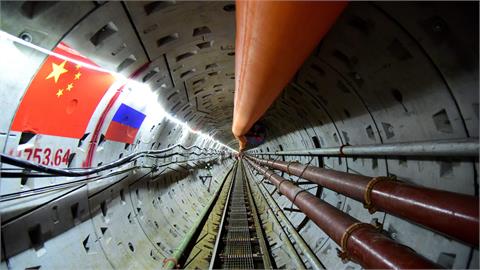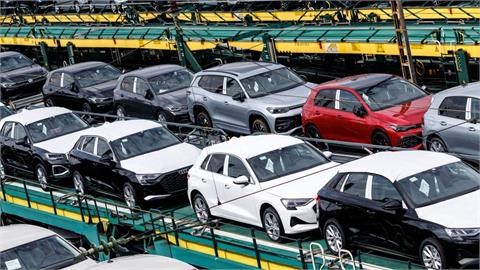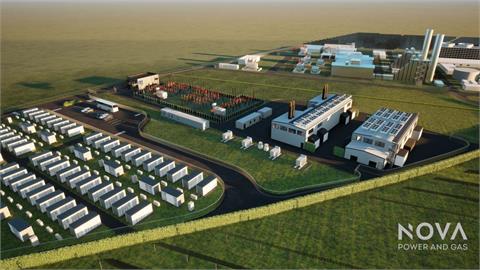The Statistical Office of the Republic of Slovenia carried out a pilot
project on Physical energy flow accounts in 2013. Energy accounts can be
used to monitor the various energy products supplied to households,
government and enterprises, as well as those exported, and thereby
assist policy-makers in efforts to ensure the provision of energy supply
services. By managing energy-related emissions, policy responses to
environmental pressures can be developed.
Energy accounts data are presented in supply and use tables for energy
which record flows of energy from the environment into the economy,
flows within the economy and flows back to the environment. Recorded are
three generic energy flows: resource flows (natural inputs - mineral
and energy sources, wood biomass, renewables), energy product flows
(energy products that can be used as sources of energy, e.g.
electricity, heat, biofuels, etc.) and residual flows (by losses through
transformations, industrial waste, and residuals from non-energy use).
One fifth of supply of energy from natural inputs
Energy supply is presented in three energy flows that record inflow of
energy into the economy and households. Supply of energy from natural
inputs in 2010 was a little over one fifth of total supply, 21% or
92,028 TJ(terajoules). The highest share in supply came from energy
products, representing 62% or 275,215 TJ. The lowest share was from
residuals, 17% or 77,853 TJ.
Use of energy highest in transportation
Energy use data for 2010 show the highest use and share (21%) by the
transportation sector. The same share of used energy, approximately one
fifth, was returned into nature via transformations in electricity and
heat production and through losses. 18% of energy was exported. In
manufacturing activities 15% of energy was used, and households used
almost the same amount (14% of the total). Energy use in service
activities in 2010 was 8%. The lowest share was accounted for own use
and losses, 3%.
(www.balkans.com, 5 Feb., 2014)
Related content
Monday, 22 December 2025
Monday, 22 December 2025
Wednesday, 17 December 2025
Wednesday, 17 December 2025



